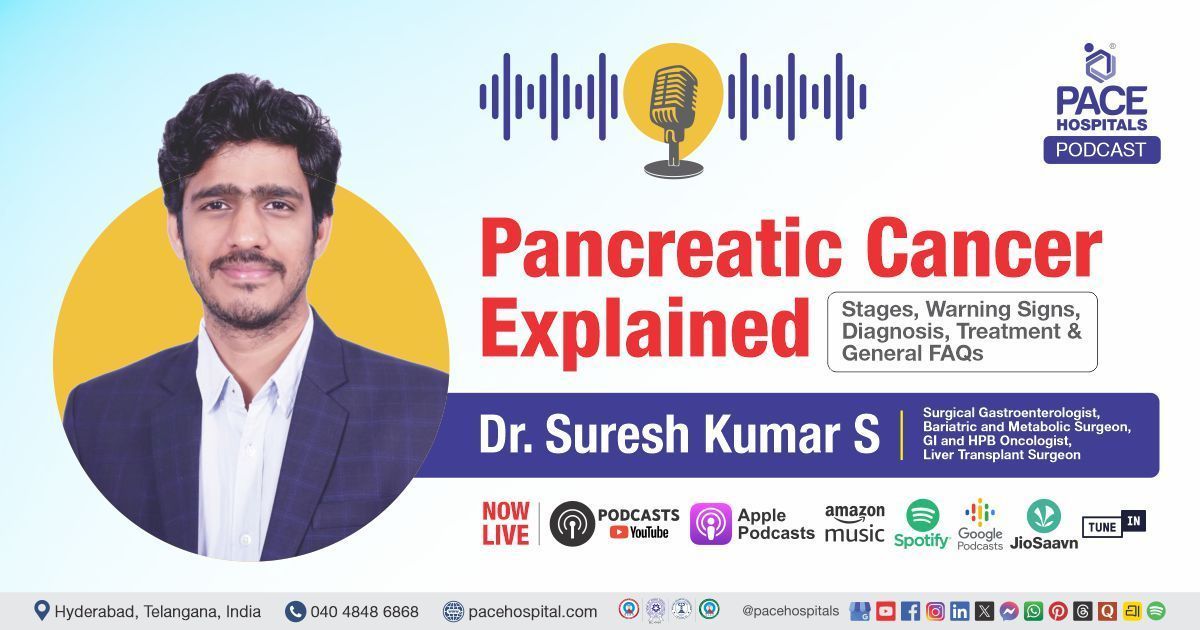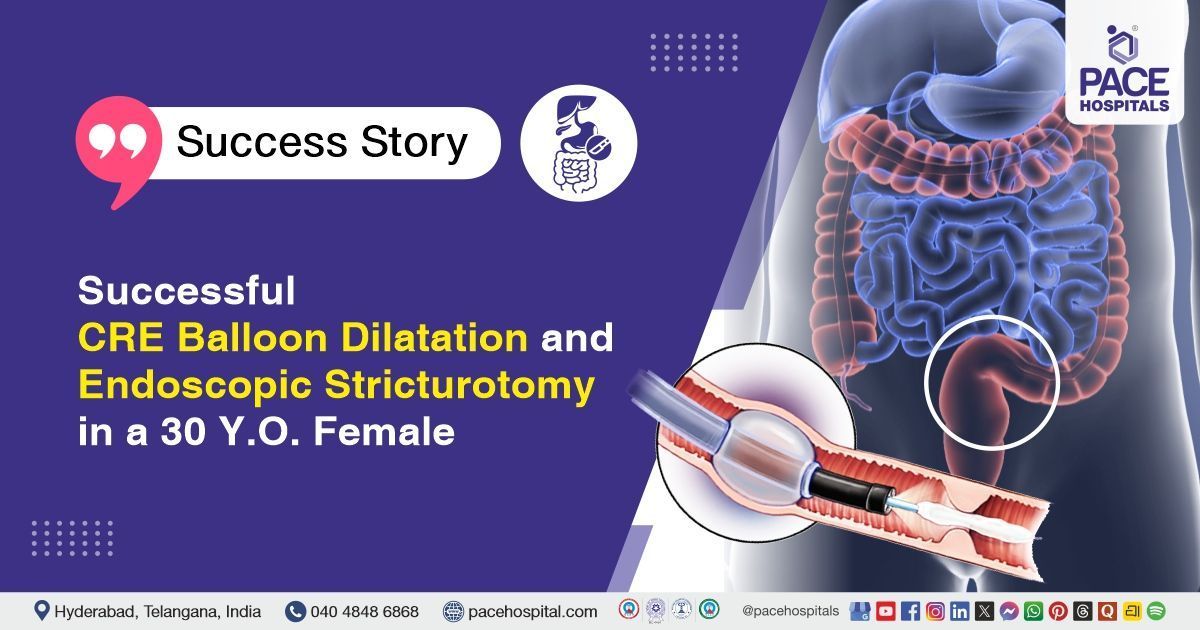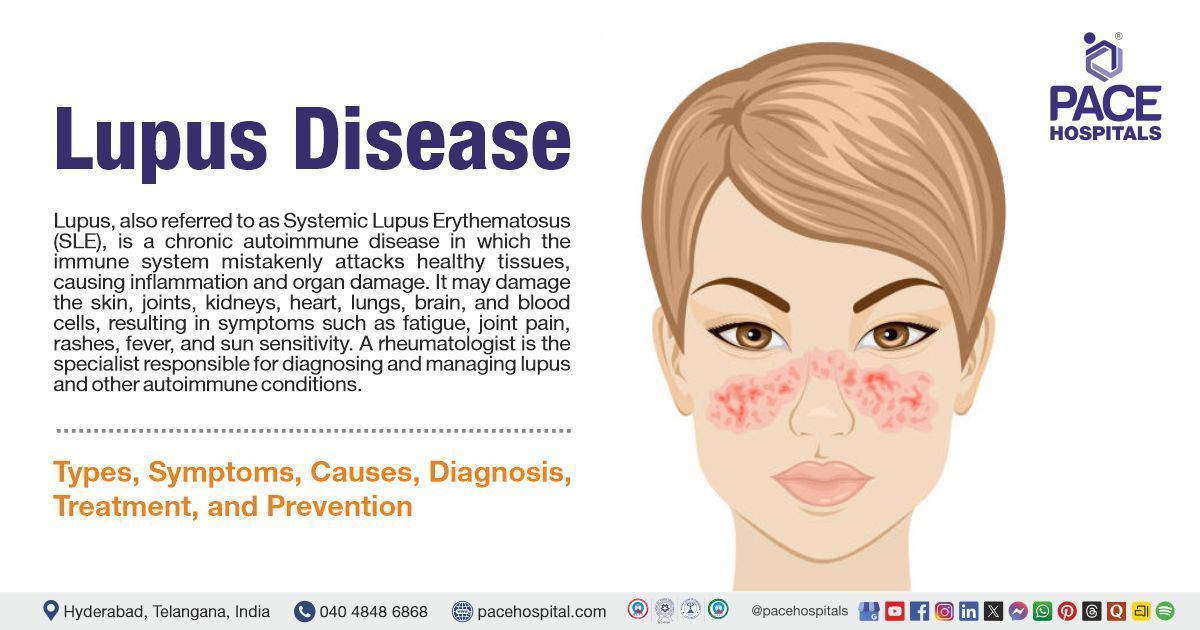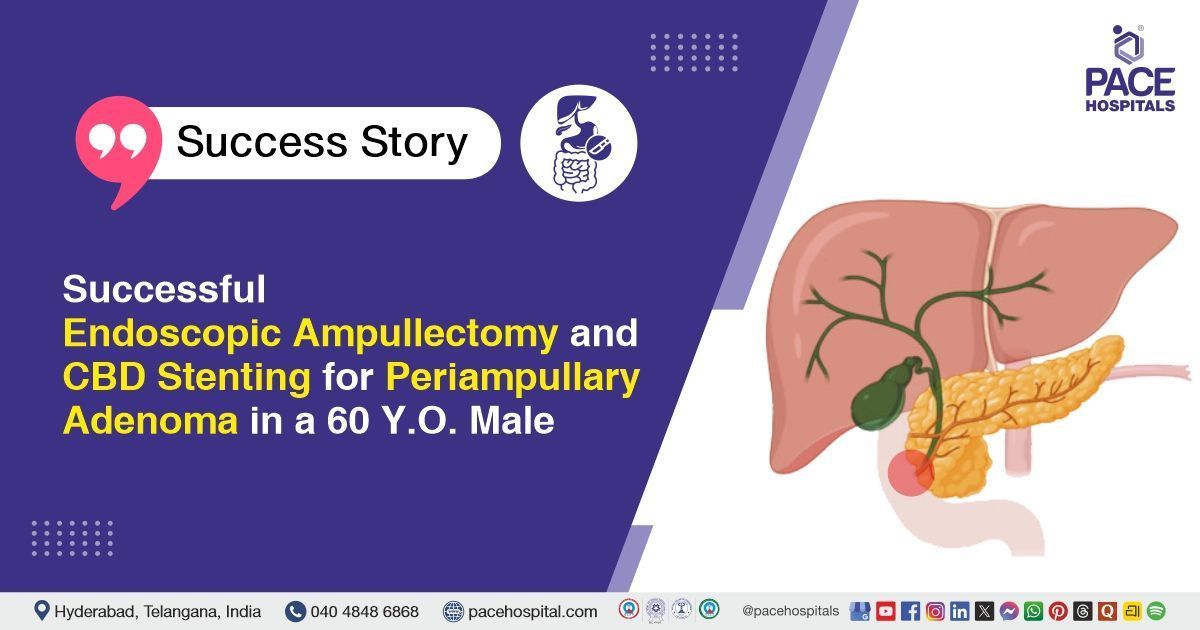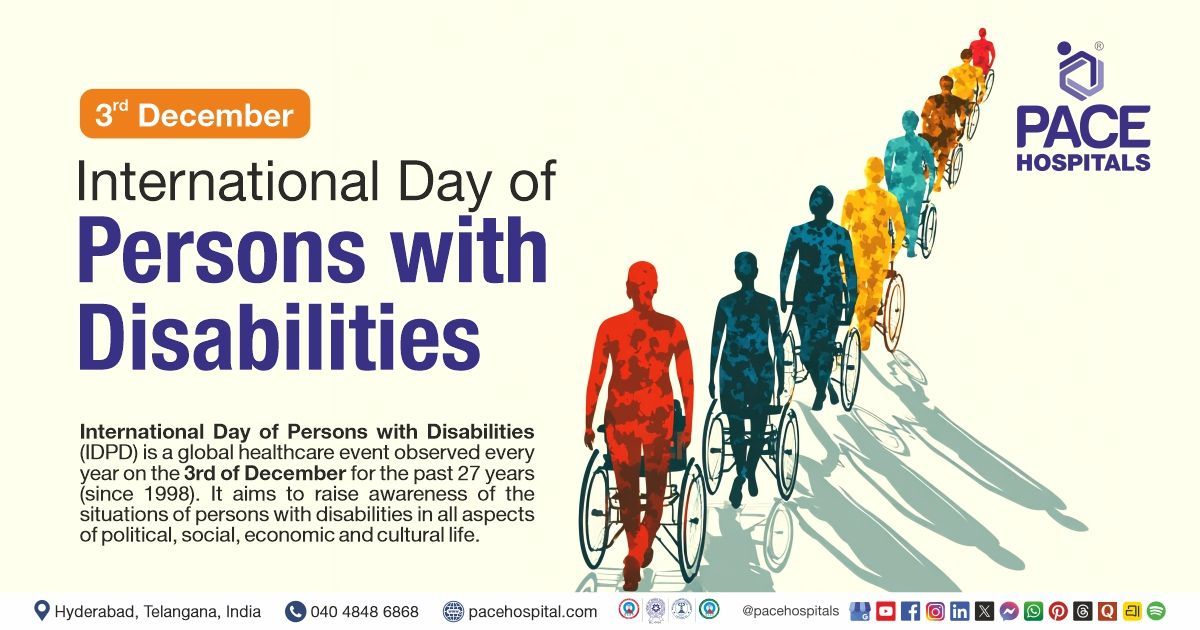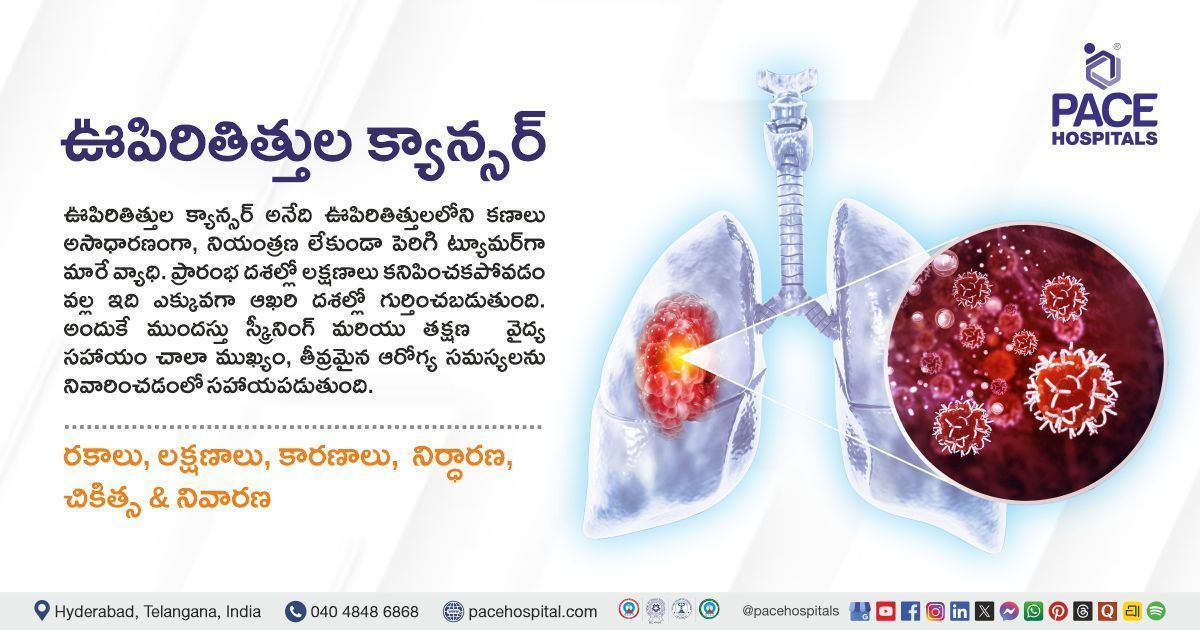Effective Management of Achalasia Cardia Type II with Peroral Endoscopic Myotomy (POEM) Procedure
PACE Hospitals
An adult male patient approached PACE Hospitals, Hyderabad, with complaints of difficulty swallowing both solid and liquid foods for one year. The patient was diagnosed with Achalasia Cardia type II. A Peroral Endoscopic Myotomy (POEM) procedure was performed on the patient to relieve pain and resume swallowing ability.
Medical History
A 29-Year-old male patient approached the gastroenterology department of PACE Hospitals, Hyderabad, with chief complaints of difficulty swallowing both solid and liquid foods for one year. He even admitted that the symptoms had been aggravated from the last six months. The patient also appeared to have lost weight and has a history of regurgitation.
The patient’s physical and systemic examination was completely normal. Upon evaluating the patient’s medical history, no other existing comorbidities or chest pain were observed. However, a globus sensation was present post-food consumption. He was conscious and coherent when he approached the hospital, with no pallor or icterus.
Diagnosis
Considering the severity of the patient’s swallowing difficulty, he was admitted to PACE Hospitals, Hyderabad, for further treatment and management of his medical condition. He underwent an endoscopy and a barium swallow test. Endoscopy helps widen the esophageal lumen and check for food residue in the esophagus, whereas a barium swallow test assesses the esophageal motility.
The diagnostic procedures confirmed
Achalasia cardia in the patient. An esophageal manometry procedure was done thereafter, which revealed Achalasia Cardia type 2 with Eckardt’s score of 9 and median integrated relaxation pressure (IRP) of 22.1 (<15mmHg considered normal).
Treatment
As the patient was diagnosed with achalasia cardia type II with severe difficulty in swallowing, the interventional gastroenterologist, transplant hepatologist, pancreatologist and endosonologist Dr. Govind Verma, affirmed that peroral endoscopic myotomy (POEM) procedure would help the patient recover from dysphagia and relief from symptoms associated.
On the day of the procedure, the patient was explained about the disease condition and treatment modality, and consent was obtained from him. Short-acting general anaesthesia was administered as premedication.
An
Upper Gastrointestinal (UGI) endoscopy was done initially to examine the fundus. It appeared normal, but moderate resistance was felt at the gastroesophageal junction at 40 Cm. To prevent the infection, he was priorly given antibiotics before the myotomy procedure. CO2 monitoring was done continuously throughout the procedure. The mucosa was infiltrated with diluted methylene blue 9cm above the gastroesophageal junction. Submucosal tunneling was done by an incision in the mucosa with a T- knife. Vessels were coagulated with a coag grasper, and a hybrid knife was used to incise circular muscle. After the procedure, the tunnel was closed with medorah clips, and the endoscope was passed across the gastroesophageal junction much easier.
Post-procedure
The procedure was successfully done with no complications. The patient was managed with intravenous fluids, antibiotics, proton pump inhibitors and other supportive care during hospitalization. He was strictly kept on ‘nil food by mouth’ (NBM) for two days post-procedure. The oral gastrograffin test revealed no evidence of contrast extravasation, and transient retention of contrast was seen in the lower esophagus.
Discharge notes
The patient was stable and well tolerant to liquid diet while he was discharged. He was advised to consume only liquid diet for 4 days followed by soft diet for the next 5 days. To preserve better motility of the esophagus, he was objected to consume cool liquids.
With a prior appointment, the patient was asked to get review of the condition done by Dr. Govind Verma in OPD after a week. However, he was instructed to admit anytime in the medical emergency ward in case of adverse symptoms like fever, abdominal pain or vomiting.
Comparison of Peroral Endoscopic Myotomy with other conventional treatment procedures of Achalasia Cardia
POEM vs. Heller Myotomy
Both procedures have similar efficacy, but POEM is less invasive and has a faster recovery time. POEM allows for a longer myotomy, making it preferable for Type III achalasia. However, POEM is associated with a higher incidence of GERD compared to Heller myotomy with fundoplication.
POEM vs. Pneumatic Dilation
POEM has shown superior long-term success rates, especially in Type II and III achalasia. Pneumatic dilation often requires repeated sessions, whereas POEM is typically a one-time treatment. Pneumatic dilation carries a higher risk of esophageal perforation compared to the POEM procedure.
Share on
Request an appointment
Fill in the appointment form or call us instantly to book a confirmed appointment with our super specialist at 04048486868


